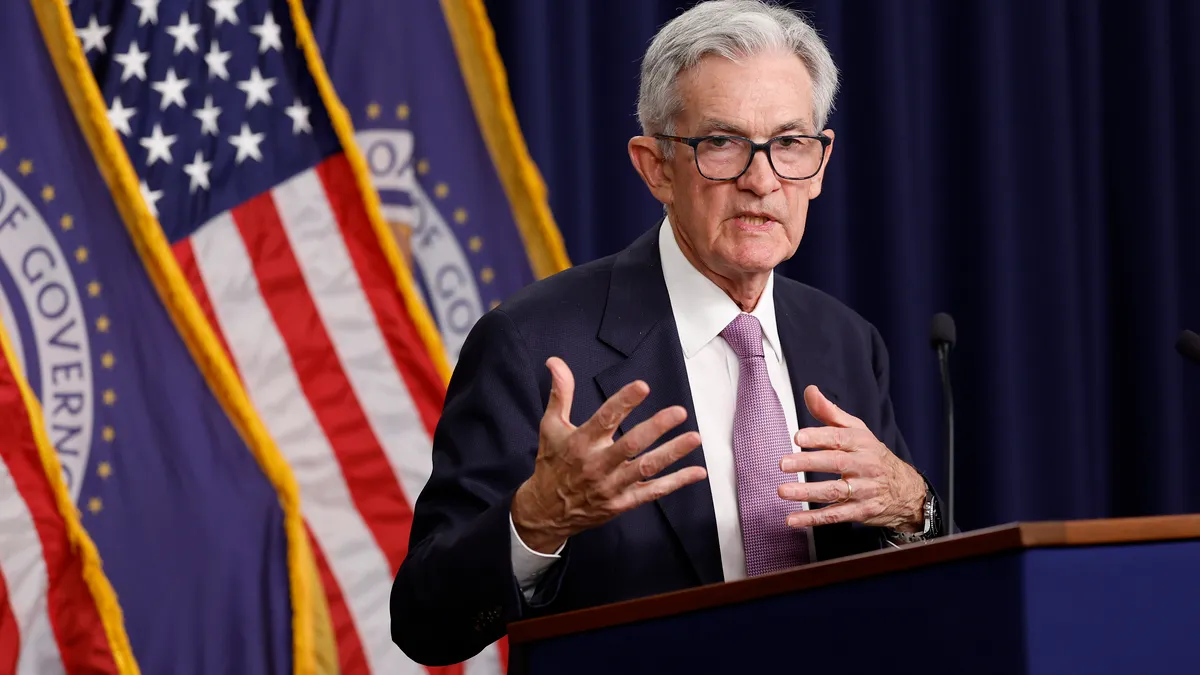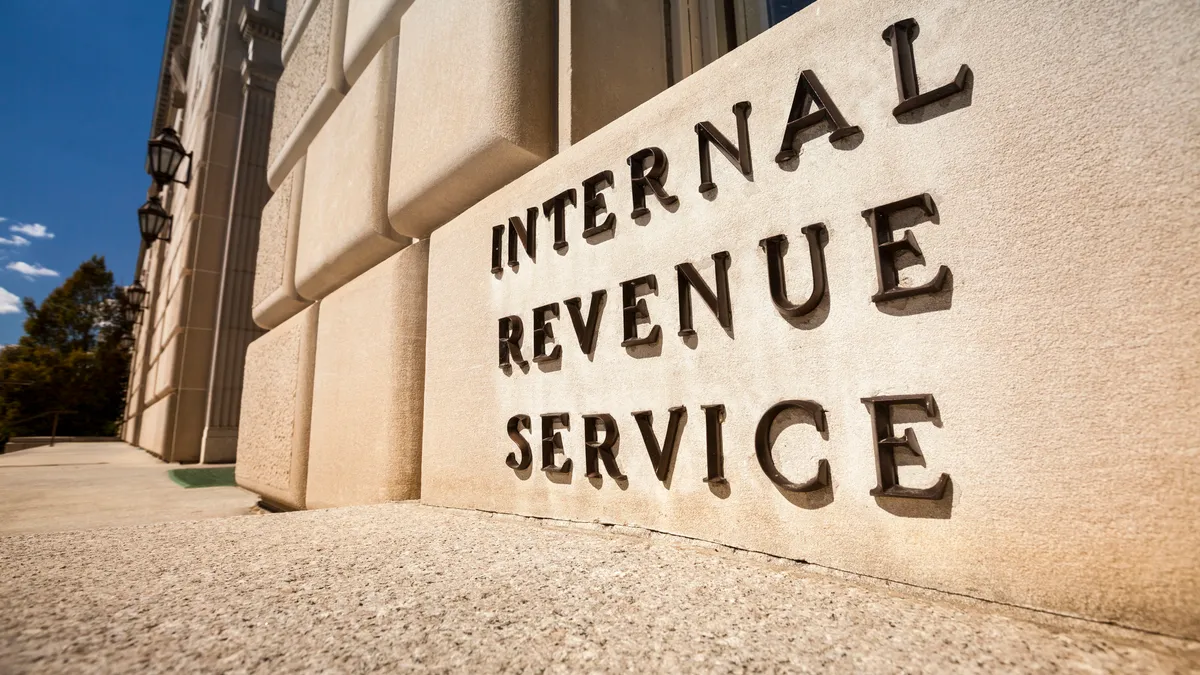The amount of risk your investors can stomach can determine which countries you open a subsidiary in, and that can impact your costs, finance and legal specialists said in an Airbase webcast.
Opening a subsidiary in which you have one or two people can cost your company a few hundred thousand dollars a year but whether it’s needed should be decided based on a risk framework you create, said Tim Quock, vice president of finance at Mattermost, an internal business chat platform that competes with Slack.
Doing business in a country shouldn’t by itself determine whether you need a subsidiary there; what’s important is how you want to manage risks in the country. A company doing business globally, particularly one that operates virtually and offers a platform that customers anywhere can use, doesn’t need to set up a physical presence in every country in which it operates.
“It’s not cost effective and it’s operationally challenging,” said Jamie Hurewitz, a legal consultant for tech companies and a former counsel for development operations platform GitLab.
The kind of risk you’re trying to manage — whether it’s tax, intellectual property, acquisitions, among others — determines the kind of subsidiary you set up and where, and whether you even need one, said Hurewitz.
When working at GitLab, Hurewitz helped the company set up a subsidiary in one country to hold its intellectual property and another to serve as a hub for its global workforce. “That way, if there were any issues with classification, whether they’re employees or independent contractors, that’s where our contracts would be,” she said. “That would be separate from where our intellectual property was. That would be held somewhere else, and our other operational stuff would be somewhere else.”
Different rules
Depending on the country, a company might have to open a subsidiary as soon as it reaches a threshold in sales or in its number of salespeople.
In Spain, for example, companies are expected to form a workforce subsidiary when it reaches half a dozen people and then to let workers organize when they reach about 20 people, said Aneal Vallurupalli, CFO of Airbase, a spend management technology company.
GitLab, a fast-growth startup, opened a subsidiary in the U.K. to serve as a workplace hub for people it hired throughout Europe.
“We had European revenue go through a U.K. entity and then everything else would go through the U.S. entity,” said Hurewitz. “We also used that for tax purposes, so we’d have to deal with the transfer taxes.”
Bad planning, or the absence of planning, can lead to poorly structured subsidiaries or subsidiaries that will seem to make little sense a few years down the road. That’s why it’s key to put in place a risk framework and create subsidiaries on the basis of that framework.
You want to avoid making “a decision on a Canadian subsidiary next month and then have a completely different framework for how you assess a U.K. subsidiary next year,” said Quock.
“A lot of times you’ll set up an entity and a year down the line you’re, like, ‘Why do we have this entity again?’” said Hurewitz. “You’re paying the accountants to do the taxes on it, filling out the tax returns for it, but there’s no use for it.”
New resources
You can also be more selective than in the past about these decisions because of the growth of platforms, such as those that ensure you’re tax compliant in dozens of countries, that make operating globally easier.
“I wish I would have had them when I was scaling at GitLab,” said Hurewitz, referring to Deel, a global employee tax compliance platform.
Regardless of the appetite you and your C-suite colleagues have, ultimately it can be your investors who push you to tighten up your operations and in some cases open a subsidiary where you otherwise might not have.
At GitLab, for example, the company’s relatively high risk tolerance was reflected in its relatively few subsidiaries despite scaling quickly to some 1,200 employees in 60 countries, Hurewitz said. At another company, by contrast, investors were concerned that a tax matter that was an issue in one country would become an issue in other countries, but issues don’t necessarily spread from country to country like that, said Hurewitz.
“It’s not like all of your cards are going to come crashing down on you,” she said. “It’s looking at it as an independent risk, not one risk to your entire workforce. I have to keep reminding them of that fact. It’s not an overall risk; it’s a risk in each individual country.”
That’s what makes the risk framework so important to have in place at the outset, said Vallurupalli. By looking at each country through that framework, you can get a level of control over what kind of presence you need in each country, and whether your presence is the right structure to mitigate risk in each country.
“It can feel overwhelming, like water going through your fingers,” said Vallurupalli. “How do I know we’re taking on too much risk? That risk framework is so helpful. When you align on that, you can make decisions faster and feel confident with the decisions you’re making.”



















